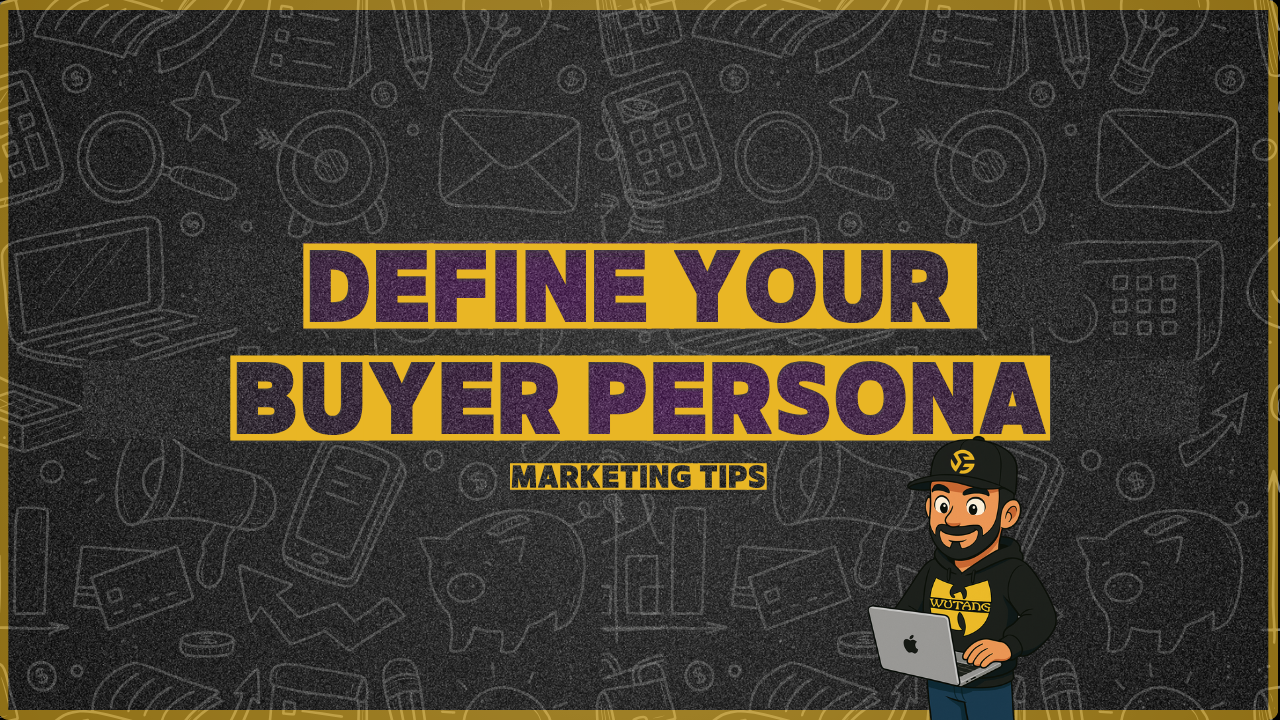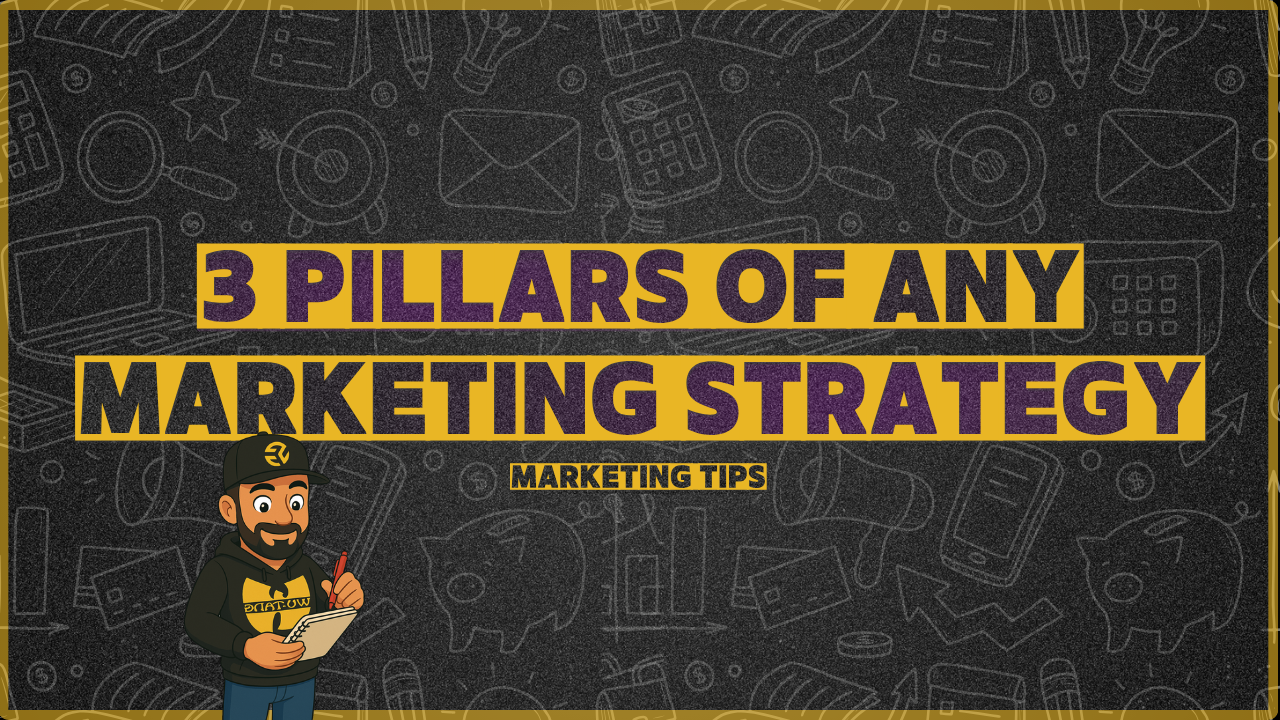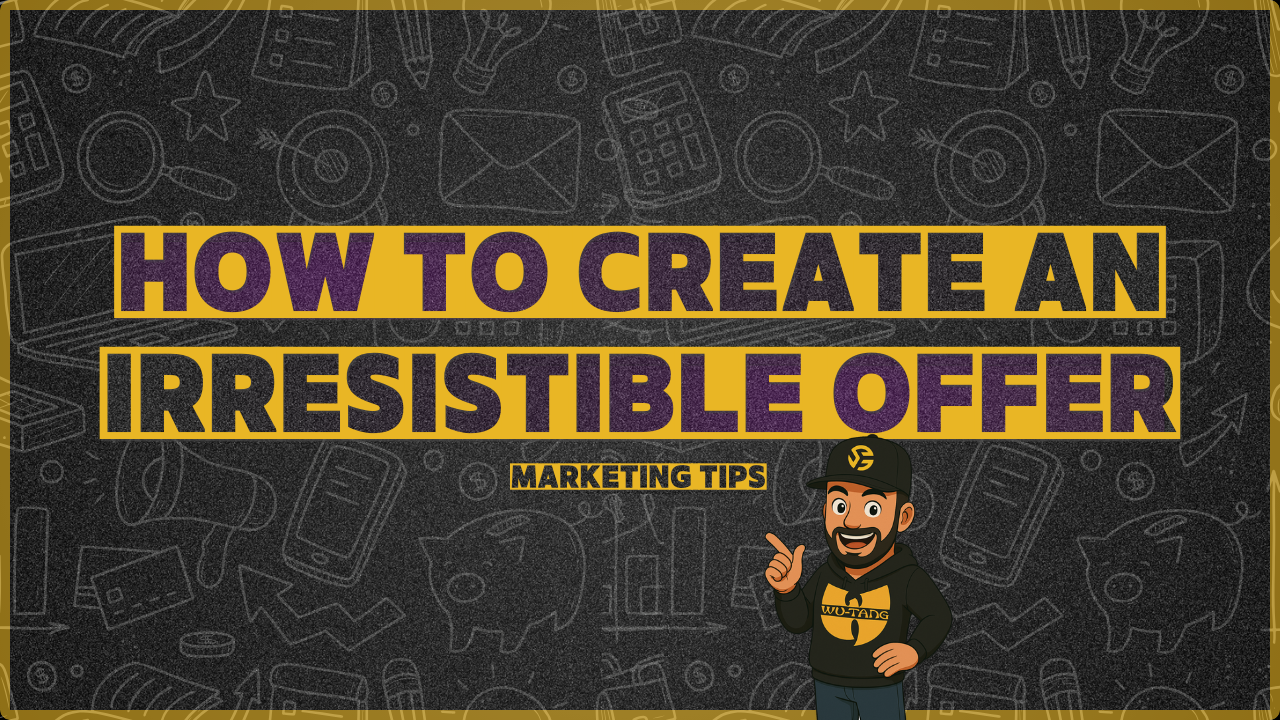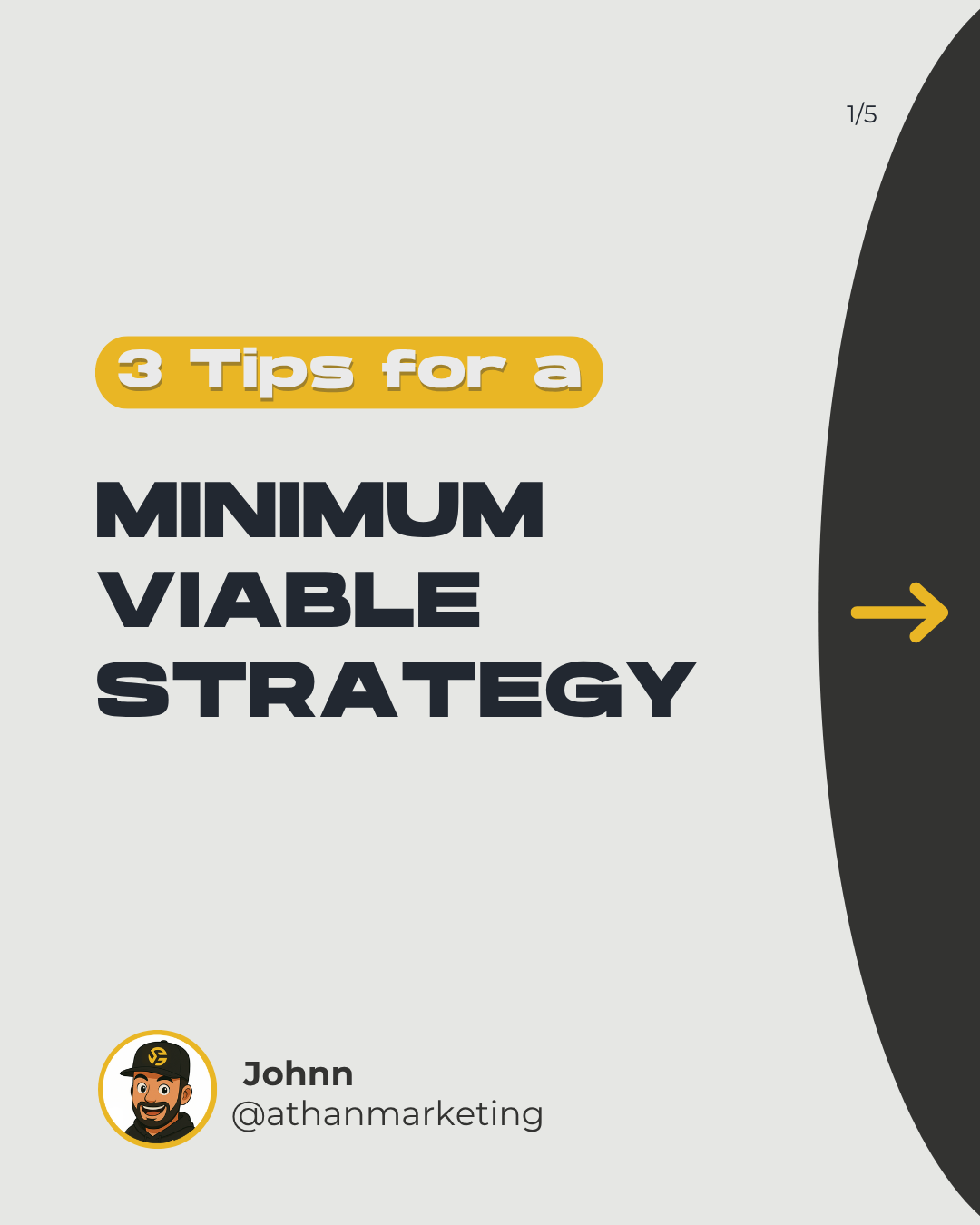3 Tips for a Minimum Viable Strategy
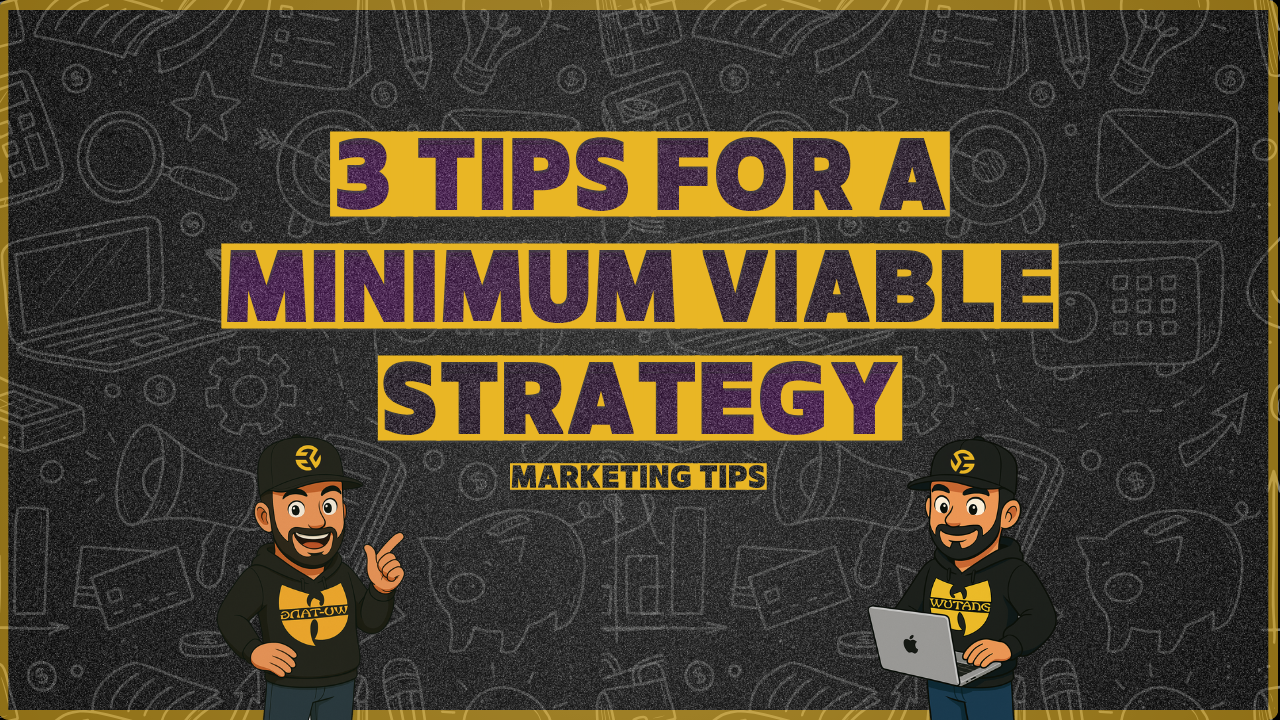
Table of Contents
In business, overplanning kills more ideas than failure ever could.
Every great company, campaign, or brand started small — with a version that wasn’t perfect, but worked enough to validate the idea.
That’s where the concept of a Minimum Viable Strategy comes in.
Instead of waiting for the perfect plan, you start with the simplest possible version that delivers real learning. This mindset lets you move faster, waste less, and make decisions based on data, not assumptions.
As Eric Ries, author of The Lean Startup, once said:
“The only way to win is to learn faster than anyone else.”
Eric Ries Tweet
The Business Strategy Mindset
A Minimum Viable Strategy isn’t about shortcuts — it’s about clarity and validation.
You don’t need to have a 50-page business plan to get started. What you need is proof that your idea, offer, or model actually works in the real world.
By breaking big goals into testable hypotheses, you reduce the risk of failure while increasing your capacity to learn. It’s about replacing guessing with experimenting.
Whether you’re building a new service, launching a product, or pivoting your business, start by answering one simple question:
👉 “What’s the smallest version of this that can teach me something real?”
This approach shifts you from “I think” to “I know,” and that’s where true strategy begins.
Applying It to Digital Marketing
In marketing, the same principles apply.
A Minimum Viable Strategy means creating campaigns and systems that can be tested, improved, and scaled progressively — instead of trying to “get it perfect” on the first try.
Below are three key tips to help you apply this mindset directly to your digital marketing efforts.
Start Small
Every marketing strategy begins with an overwhelming list of ideas — ads, emails, social posts, content pillars, funnels.
But real momentum comes when you focus on the smallest, functional version that brings measurable feedback.
In practice, this means choosing one clear goal and one execution channel to begin with.
You don’t need to master every platform or automation tool. You need to launch something small enough to test and big enough to learn from.
💡 Pro Tip:
Create a Minimum Viable Funnel — one landing page, one follow-up email sequence, and one traffic source.
Once you validate it, you can expand it.
If you’re not sure who your target audience is yet, start by defining your buyer persona.
👉 Check our post on How to Define Your Buyer Persona to clarify your audience before testing your first campaign.
Test
Testing transforms theory into knowledge.
Instead of overanalyzing what might work, run small experiments and let the market tell you the truth.
In marketing, that can mean A/B testing ad creatives, headlines, or even pricing structures.
The goal isn’t perfection — it’s learning speed.
Before you launch anything, ask yourself:
👉 “What exactly am I trying to learn with this?”
💡 Pro Tip:
Set one core metric for each test (like CTR, conversion rate, or lead quality).
Avoid measuring too many KPIs at once — focus creates precision.
Iterate
This is where the real power lies.
Iteration turns every result — win or fail — into a step forward.
You test, you learn, you adjust. Then you repeat the cycle smarter and faster.
In digital marketing, iteration might look like optimizing ad copy, adjusting audiences, or improving automation flows based on performance data.
💡 Pro Tip:
Schedule a “learning review” every month — not to judge results, but to extract insights.
Keep what works, tweak what shows potential, and drop what doesn’t.
That’s how growth compounds over time.
Marketing Curiosity of the Week
"Build the smallest thing that allows you to quickly test your key assumptions."
Ash Maurya, author of Running Lean Tweet
This quote perfectly summarizes the spirit of iteration: real strategy is about learning fast and improving constantly — not chasing perfection.
From Strategy to Action
A Minimum Viable Strategy isn’t about doing less — it’s about doing what truly matters first.
When you start small, test intentionally, and iterate fast, you build momentum that compounds into clarity, efficiency, and growth.
At Athan Marketing, we help entrepreneurs and small businesses apply this mindset — designing strategies that are simple, scalable, and built for real-world validation.
Whether you’re launching a new offer, refining your funnel, or optimizing campaigns, we’ll help you turn your ideas into measurable results.
👉 Fix Your Marketing. Scale Smart.
Keep Learning: More Marketing Insights
If you found this helpful, explore more articles to strengthen your marketing foundations:
Share on Social Media
Frequently Asked Questions About Minimum Viable Strategy
What is a Minimum Viable Strategy (MVS)?
It’s the simplest version of your strategy designed to test core assumptions quickly and gather real data before you scale.
How is MVS different from a full marketing plan?
A full plan tries to cover everything upfront. MVS prioritizes a single goal, one audience, and a small test so you can learn fast and iterate.
What’s the first step to apply MVS in digital marketing?
Define one clear outcome (e.g., leads or sales), one audience, and one channel. Launch a Minimum Viable Funnel (one landing page + short follow-up + one traffic source).
Which metrics should I track first?
Pick one primary metric tied to the goal (e.g., CTR for top-of-funnel, conversion rate or cost per lead for acquisition, lead quality for B2B).
How often should I iterate?
Run short test cycles (1–2 weeks), then hold a monthly learning review to keep, tweak, or drop initiatives based on data.
Do I need buyer personas before testing?
Yes—at least a lightweight persona. It focuses your message and reduces noisy tests. (See: How to Define Your Buyer Persona.)

